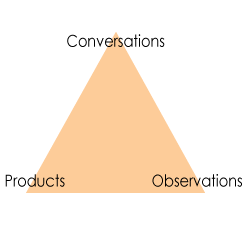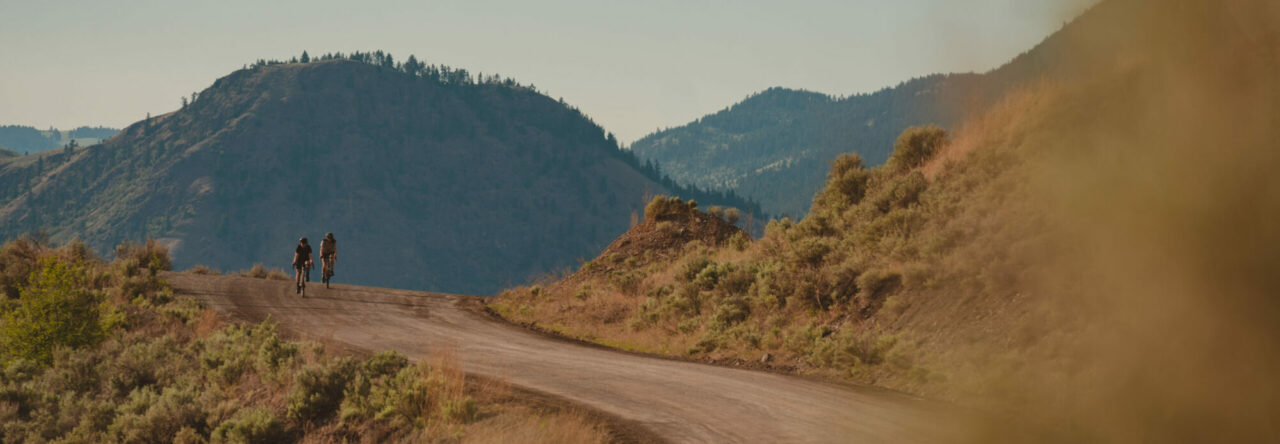My assessment practice is based on the triangulation of assessment method pictured below. It is important when assessing students to take more than just products into consideration as students are able to demonstrate their learning through conversations, actions and countless other ways.

The following are assessment templates that I created and
used in my 10 week practicum at Sun Peaks Elementary.
Self Assessments
I designed this Indigenized self assessment based on the Aboriginal Core Competencies and associated local animals below for students to reflect on skills they would like to improve upon and skills that they are already mastering. Students were filling these out before and after lit circle meetings. First, students are to circle the learning intention animal that best represents the values and skills that they wish to work on before the meeting occurs. After the meeting, students then circle the specific competencies that they did well on, and also the ones that they plan to continue to work on.
learning-intention-competencies-self-assessmentI designed the self assessment below to incentivize students to reflect and improve upon their group work skills. I cut each “Group Work Stars” sheet out and laminated them so that I could reuse them with a whiteboard marker. As students were completing group work, I would go to each group and ask them how many stars they would give themselves for their group work. They would give me an answer and I would circle that amount of stars with a whiteboard marker. I would then ask them what their group could do to get another star added. From their answer, I would pick one word to write on the dotted line at the bottom. I was shocked at how well students responded to this and by the end of the lesson each group had 5 stars or more!
group-work-starsFormative Assessments
Below is a grading sheet template that I created to document each students level of understanding after daily lessons with spots to mark down E,D,P,X as per the proficiency scale. The second page is a space to leave comments. The purpose of this formative assessment is to track each student’s learning progress based on conversations and observations to inform future lessons.
Division-Unit-Grading-sheet-Schmalz-grade-3-_-4Summative Assessments
Below is a summative assessment rubric that I created for a socials, art, and ELA integrated project. The final project was a painted rock depicting personal connection to land based on the following three guiding questions:
1) What do you to connect to the land?
2) How does the land teach us lessons?
3) What do you do to care for the land?
Students also wrote an artist statement to go along with their artwork describing which guiding question their artwork addressed and how so.
connection-to-land-rubric-_-self-assessmentAssessment Portfolio
In our Teaching and Learning class led by Christie Fraser, we completed an assessment portfolio incorporating several different types of assessment within the framework of assessment as, of, and for learning. This framework differentiates assessment as self-assessment, formative assessment, and summative assessment. I enjoyed creating this portfolio as it is a functional assignment that I will carry with me throughout my teaching career. Because assessment is such an integral part of teaching, it is essential that teachers have an intentional and reflective assessment strategies. Through creating this portfolio I have begun to think about assessment in a richer and more meaningful way. My thoughts on grades and marks has evolved as I have been exposed to BC’s proficiency standards. I now believe that these standards are more appropriate for elementary students than the traditional grading scheme as they lessen the emphasis on outcome and increase the emphasis on learning and development.
EDTL3200-Assessment-Portfolio-1